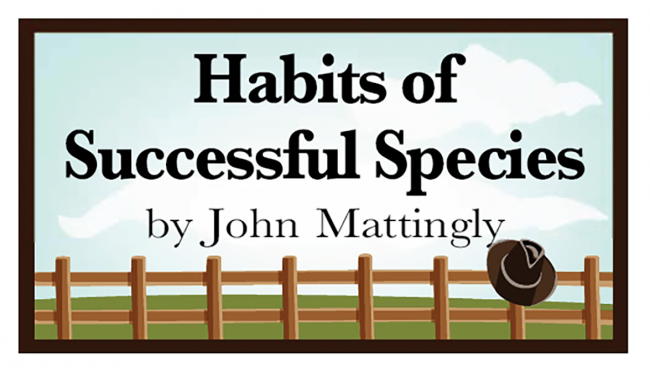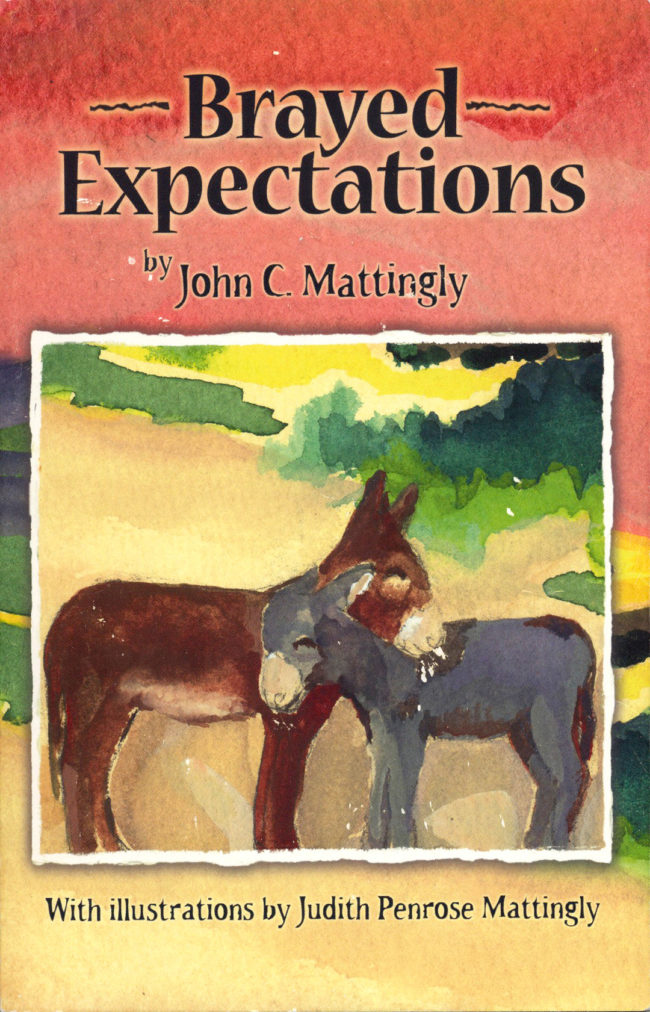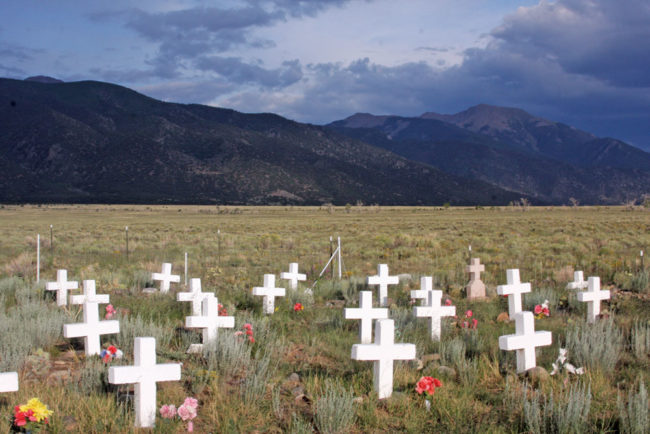THE ONLY PICTURES I have of coyotes are carcasses, left in the pasture after they got a little too close to the herd where our three guard dogs schooled them as to boundaries. In over 10 years of running a herd of about 300 ewes and nannies with three Great Pyrenees guard dogs — who brought the herd into the barn from pasture every night — our confirmed loss to coyote predation was zero. Of course, people point out: how would I know, given that coyotes are clever and fast and seldom seen. Point taken. However, we did not find…



